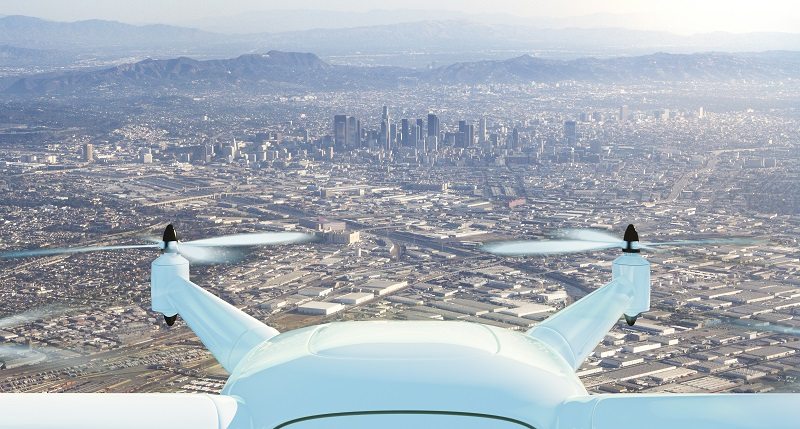While unmanned aircraft systems, or drones, are currently in use by the military, there is debate on the benefits and ramifications expanding this technology for uses by the general public could have. A recent Senate hearing on the topic of unmanned aircraft systems (UAS) was held to determine not only the viability of expansion, but also the public policy issues that could arise. While automatic controls would eliminate the potential for pilot error in aviation accidents, there are additional safety and other issues this technology could create.
Four Issues Concerning ‘UAS Technology
On March 15, 2017, the Senate Committee on Commerce, Science, and Transportation convened a full committee hearing titled “Unmanned Aircraft Systems: Innovation, Integration, Successes, and Challenges.” Amidst discussions and testimony from government official and airline transportation and safety experts, there were four main areas of concern that were addressed:
- Practical Applications
The Federal Aviation Administration (FAA) has more than 750,000 currently registered UAS, with 35 remote pilots to assist in their operation. In addition to proving valuable in search and rescue operations, UAS are increasingly being used for a variety of business and commercial interests, including aerial surveying, real estate photography, and roofing and building inspections. A use that many within the industry are eager to see approved is for package delivery. In addition to freeing up roads and decreasing traffic and emissions, relying on UAS could reduce the number of traffic accidents.
- Economic Factors
UAS are generally more cost effective to build than manned aircraft and require less personnel in their operation. At the same time, the American Security Project claims that economics should not be a significant driving factor. In cost benefit analysis, the financial impacts of drone crashes, including lost merchandise, property damages, and personal injuries, could outweigh the savings.
- Privacy Issues
The same day as the hearing, Senator Edward J. Markey (D-Mass.) and Rep. Peter Welch (D-Vt.) introduced the Drone Aircraft Privacy and Transparency Act, which would address potential issues concerning privacy and UAS. Within the Act is the assertion that as many as 2.7 million commercial UAS are set to be introduced into the market by 2020. While these have practical applications, they also have the capability of conducting pervasive, invasive surveillance, an issue that needs to be addressed.
- Safety Implications
One of the major issues addressed at the Senate hearing was the interactions between UAS and other commercial and passenger flights. There are already valid concerns that even the current number of drones invade airspace and have the potential for resulting in serious and catastrophic airline crashes. While new laws could limit their range and operations, enforcing these laws could prove difficult, putting the public at risk.
Contact Our Aviation Accident Attorneys Today
Few law firms have the specialized legal knowledge needed to represent victims of airline accidents. If you are injured or have a loved one who perished in an airline related incident or crash, contact Napoli Shkolnik, PLLC today. We provide the professional legal representation you need in these cases, and can advise you on the best course of action to get the compensation you deserve.
